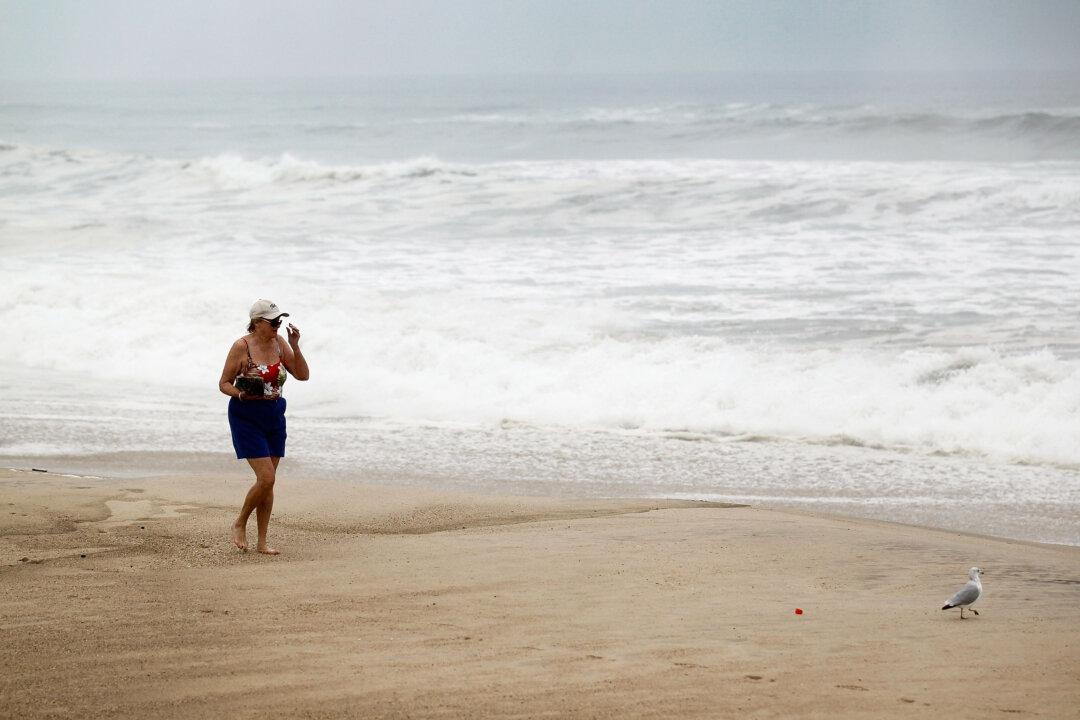Every year millions of Americans are affected by hurricanes. Preparing ahead and being smart during the storm can mean the difference between catastrophe and inconvenience.
Those living in areas prone to hurricanes should follow the Federal Emergency Management Agency’s advice to reduce damage, and prevent injuries.
1. Make multiple disaster kits and plan ahead.
Have an emergency kit with first aid supplies, flashlights, batteries, non-perishable foods, a water purification method, blankets, and a radio. Ideally, one should have a kit in the car, home, and office.
Learn hurricane evacuation routes, and take note of elevations that that may be in danger of flooding.
2. Plan for pets.
The Humane Society of The United States suggests assembling a disaster kit specifically for pets, with food and water and a way to restrain or contain the animal.
3. Make a disaster communication plan.
Coordinate with friends and family members to make a communication plan. All members should know who to contact, and where to go during an emergency. Have an agreed upon meeting place in case of separation.
Local calls during an emergency may prove challenging. Appoint an out-of-state friend or family member to be the check in resource.
The American Red Cross runs a site, safeandwell.org, which hosts the names of those reported safe.
Listen to The National Weather Service. Find your station at http://www.nws.noaa.gov/nwr/. A watch indicates conditions which are favorable to the hazard, and a warning requires immediate action.
Listen for when the storm has passed completely, and remember the eye of the storm is calm, but does not mean the hurricane is over.
4. Strengthen shelter.
Prior to a hurricane, prepare the homestead with hurricane proof window shutters, or with plywood nailed over the windows. Tape is no use against hurricane force winds. Roof straps, or clips may also help reduce wind and debris damage. Store outdoor furniture that could become airborne and damage the house.
During a hurricane close all interior doors for structural support. Take refuge in a small interior room, or under a sturdy object, and stay away from windows and doors.
5. Prevent Explosions.
Turn off all utilities, including propane.
6. Stay low.
If in a high rise building take shelter at or below the tenth floor, and avoid elevators.
7. Stay safe after a storm.
Keep your emergency kit supplies safe and dry, and continue to listen to The National Weather Service.
After a hurricane stay alert and watch for any structural damage, debris, and live electrical wires. Beware displaced animals in debris.
Don’t drink tap water. Don’t allow children or pets to play near flooded banks-they can collapse suddenly.
If a residence becomes unsafe the nearest shelter may be found by text messaging SHELTER, plus your zip code to 43362.
Knowing what to do during and after a hurricane can save lives.




